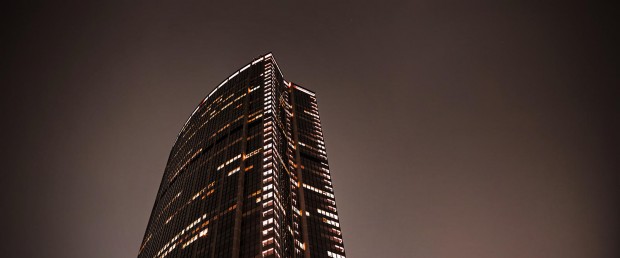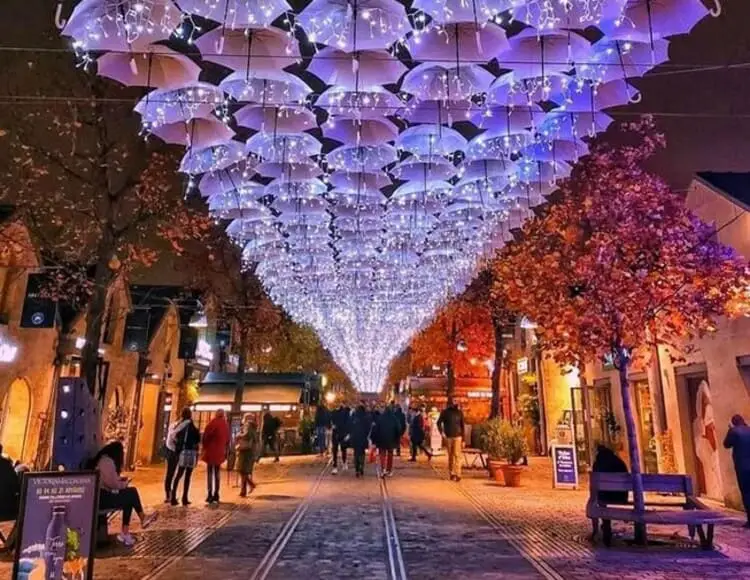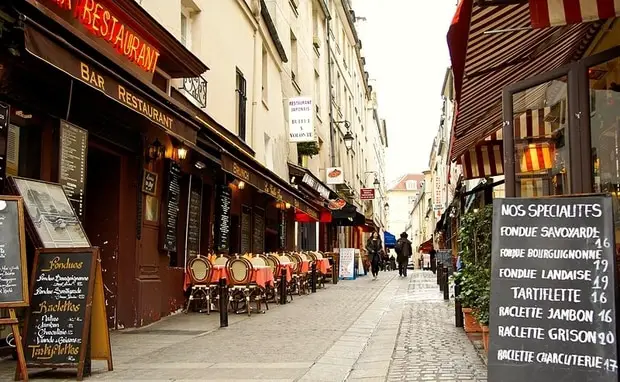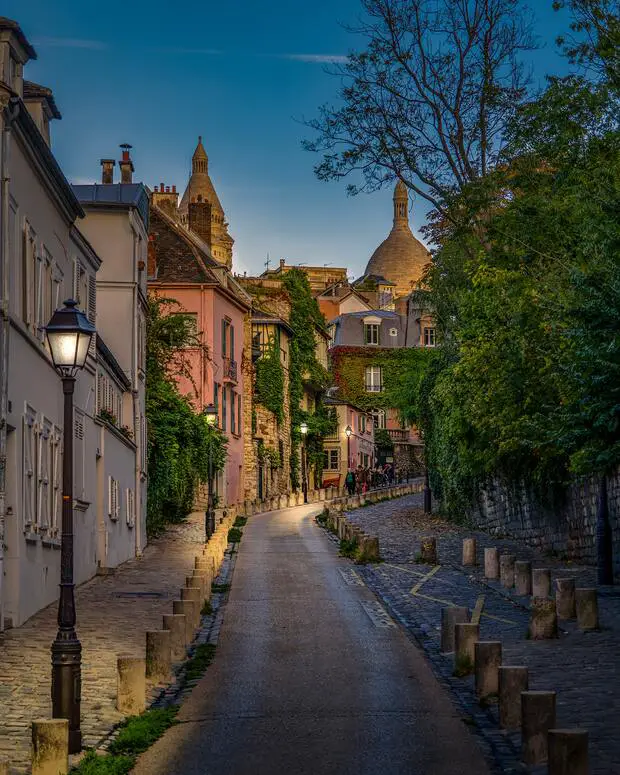Bastille is a vibrant Parisian neighborhood packed with history, culture, and local charm. Once famous for its revolutionary past, today it’s a lively mix of trendy cafés, buzzing markets, and hidden gems waiting to be explored.
Want a version of this map you can print or save on your phone?
I’ve created a pack with 13 one-page neighborhood maps—including this one. Each map comes with a quick guide and a QR code that links back to the full guide and the custom Google Map. Perfect for trip planning or exploring on the go.
Place de la Bastille

Place de la Bastille is a historic Paris square where the French Revolution began in 1789.
The Colonne de Juillet now stands where the Bastille prison once was.
Today, it’s a lively spot with cafés, shops, and the Opéra Bastille, blending history with modern Parisian life.
Colonne de Juillet
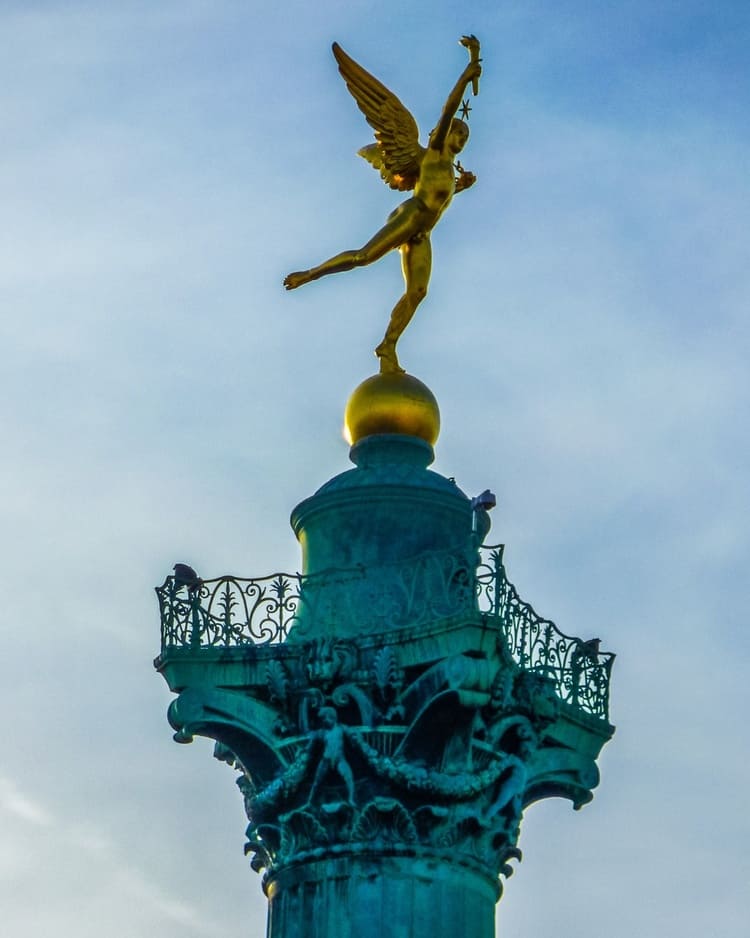
At the center of Place de la Bastille stands the July Column, or Colonne de Juillet.
This impressive monument commemorates the events of the July Revolution in 1830, which led to significant political changes in France.
The column is topped by a golden statue known as the “Génie de la Liberté,” symbolizing the spirit of freedom.
Opéra Bastille
Voir cette publication sur Instagram
Adjacent to the square is the Opéra Bastille, a modern opera house inaugurated in 1989.
It serves as a major venue for opera performances and stands as a testament to contemporary architectural design in Paris.
Outline of the Bastille Prison on the Ground
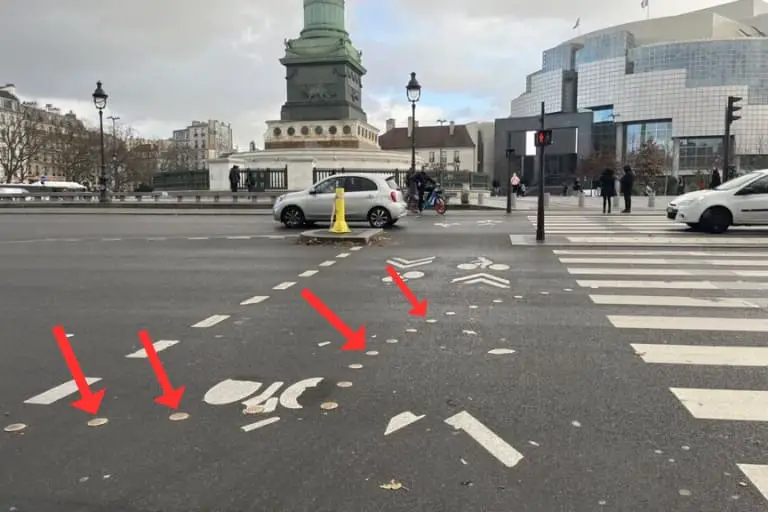
The Bastille prison may be gone, but its memory lives on at Place de la Bastille.
Look closely at the ground, and you’ll see special paving stones marking where the fortress once stood before it was destroyed during the French Revolution in 1789.
These subtle outlines let visitors imagine the massive structure that once dominated the square.
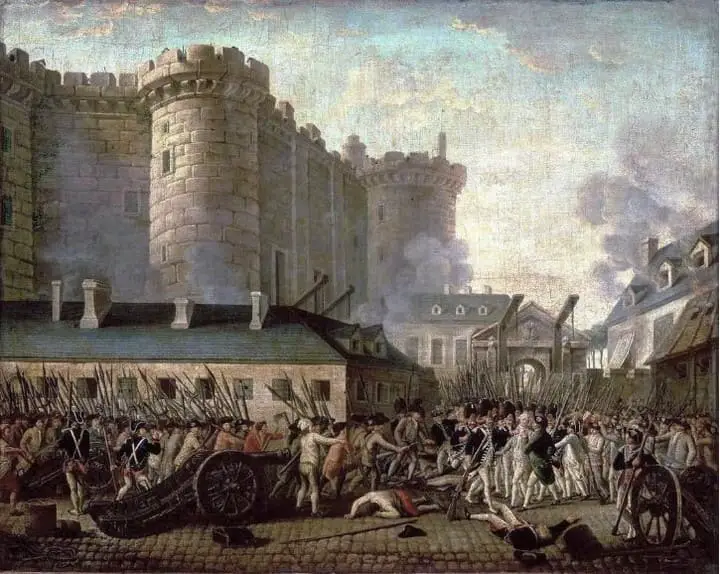
Marché d’Aligre
Voir cette publication sur Instagram
A short walk from the square leads to Marché d’Aligre, one of Paris’s most vibrant markets.
Here, vendors offer a variety of fresh produce, cheeses, meats, and antiques.
The lively atmosphere provides a genuine taste of local Parisian life.
Marché de la Bastille
Voir cette publication sur Instagram
Another bustling market is the Marché de la Bastille, held along Boulevard Richard-Lenoir.
Open on Thursdays and Sundays, this open-air market offers fresh fruits, vegetables, cheeses, and more, making it a favorite spot for both locals and visitors.
Coulée Verte
Voir cette publication sur Instagram
The Coulée Verte, or Promenade Plantée, is a hidden green escape in Paris, built on an old railway line.
This elevated park stretches for nearly 5 km (3 miles), offering lush gardens, shady trees, and colorful flowers along the way.
As you walk, you’ll get unique views of Parisian rooftops and quiet courtyards, far from the city’s hustle and bustle.
Benches, archways, and peaceful paths make it a perfect spot for a relaxing stroll, a picnic, or just enjoying nature in the heart of the city.
Blé Sucré
Voir cette publication sur Instagram
If you have a sweet tooth, Blé Sucré is a renowned bakery known for its delectable pastries, particularly the buttery madeleines and flaky croissants.
It’s a must-visit for anyone looking to indulge in traditional French baked goods.
Le Baron Rouge
Voir cette publication sur Instagram
Le Baron Rouge is a cozy wine bar popular among locals.
Known for its extensive selection of wines and a friendly atmosphere, it’s an excellent place to experience Parisian wine culture.
Atelier des Lumières
Voir cette publication sur Instagram
Atelier des Lumières is a one-of-a-kind digital art center that brings paintings to life in a breathtaking way.
Instead of traditional framed artworks, massive projections cover the walls, floors, and ceilings, immersing visitors in a world of color and movement.
Classic and modern artists, from Van Gogh to Klimt, are reimagined through light, sound, and motion, making it feel like you’re stepping inside the paintings.
Le Chalet Savoyard
Voir cette publication sur Instagram
For a taste of Alpine cuisine, Le Chalet Savoyard offers traditional dishes like fondue and raclette in a warm and inviting setting.
It’s an ideal spot to enjoy hearty meals reminiscent of the Savoy region.
Moonshiner
Voir cette publication sur Instagram
Moonshiner is a speakeasy-style bar hidden behind a pizzeria.
Stepping through its concealed entrance transports visitors to a 1920s-inspired ambiance, offering a unique and stylish nightlife experience.
Website (in French)
Port de l’Arsenal
Voir cette publication sur Instagram
The Port de l’Arsenal is a charming marina connecting the Canal Saint-Martin to the Seine River.
Lined with boats and surrounded by gardens, it’s a picturesque spot for a leisurely walk and offers a tranquil escape from the city’s hustle and bustle.
Bofinger
Voir cette publication sur Instagram
Voir cette publication sur Instagram
Bofinger is one of Paris’s oldest and most famous brasseries, dating back to 1864.
Known for its beautiful Belle Époque décor, it features a grand stained-glass dome, elegant woodwork, and vintage chandeliers that transport you to another era.
The restaurant is also famous for its classic French cuisine, including fresh seafood, Alsatian specialties, and traditional dishes like choucroute (sauerkraut with sausages and meats).
Rue de Lappe
Voir cette publication sur Instagram
Rue de Lappe is a lively street known for its vibrant nightlife.
Lined with bars, clubs, and restaurants, it has been a popular destination for entertainment since the early 20th century, offering a diverse range of venues for visitors to enjoy.
Les Cuves de Fauve
Voir cette publication sur Instagram
Beer enthusiasts will appreciate Les Cuves de Fauve, a brewery and taproom offering a variety of craft beers brewed on-site.
It’s a great place to explore the burgeoning craft beer scene in Paris and enjoy a relaxed atmosphere.
Website (in French)
Kafkaf
Voir cette publication sur Instagram
Kafkaf is a cozy café near Bastille, known for its all-day brunch with a Moroccan twist.
The menu features avocado toast, grilled cheese, pancakes, and granola bowls, along with colorful lattes like the pumpkin spice latte (available year-round).
The warm pink and orange decor makes it a perfect spot for a relaxed brunch in Paris.

With a passion for travel and having visited over 50 countries, Dorian is eager to share his favorite spots and expert tips to help you explore Paris and France like a local.

